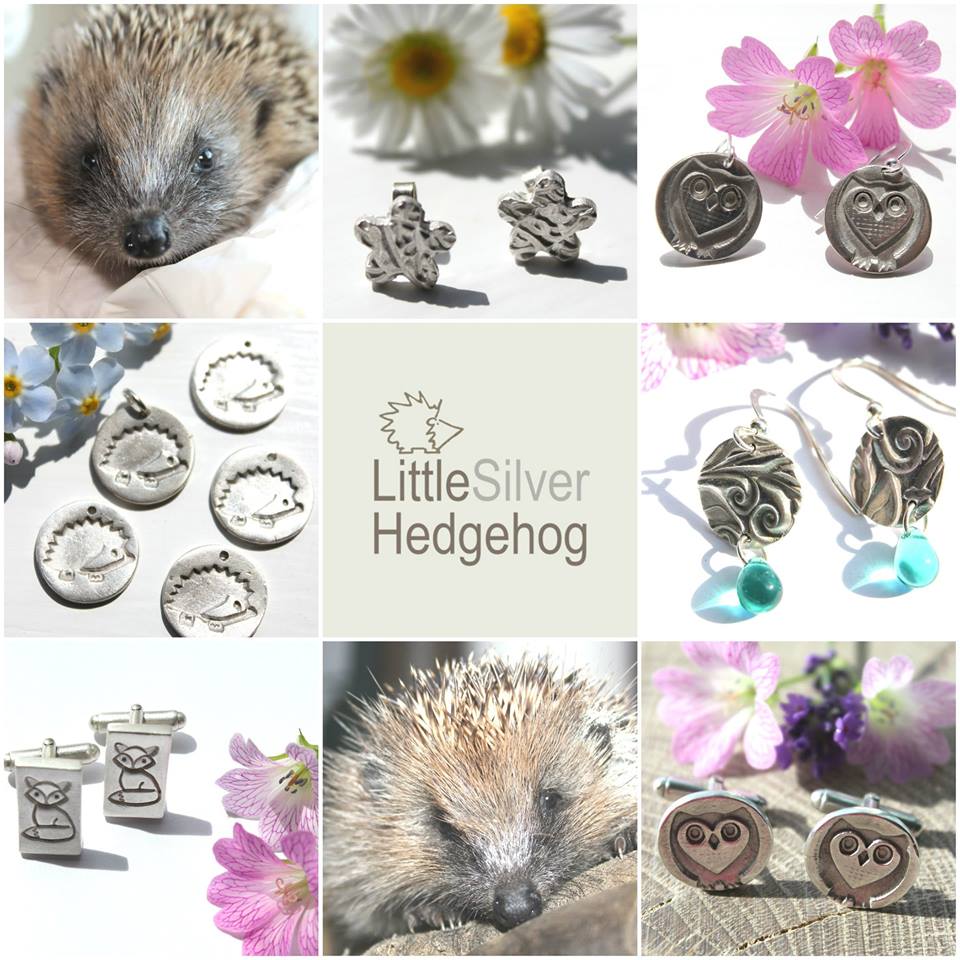How to create a wildlife pond that is hedgehog friendly.
Wildlife ponds are a fantastic addition to your wildlife garden and will attract lots of insects and other wildlife to your garden. They can also provide a safe drinking spot for hedgehogs and other animals. Birds love to bathe in mine. But you also need to make your pond hedgehog friendly to make sure that hedgehogs don’t down.
Hedgehogs are actually great swimmers. Just take a look at this hedgehog who is having hydrotherapy. But, like humans, they can’t swim forever. If a hedgehog ventures into a pond with no escape route, it will soon tire and drown.
The best wildlife ponds for hedgehogs have shallow sloping sides (like a beach) with plenty of escape routes all the way round. The pond will also be fairly shallow. One escape route is not enough – an exhausted hedgehog will not know that if only it keeps swimming around, it will eventually find an escape route. You need to provide escape routes all around the edges.
You can do this by creating sloped edges when you create your pond or putting rocks/large stones into the water and also plenty of pots with pond plants, submerged just under the water. You can also create a ladder to help hedgehogs escape. I have several submerged logs as well – which are also great for dragonfly larvae.
Keep your pond levels topped up all year – this helps prevent a hedgehog falling in.


This pond cover helps to stop Autumn leaves falling in the pond. But be careful – hedgehogs can get stuck in netting so this design keeps netting safely off the ground.

I recently removed the concrete edging around my wildlife pond to create a more natural look. The pond is actually quite shallow and there are planters all around the ledges to create safe platforms for hedgehogs to escape from the pond. It also looks so much better than concrete.
Plants for wildlife ponds
Choose plants for your wildlife pond based on the different zones and the different depths that the plants need. A mix of plants is best to provide a mix of habitats for both wildlife and insects.

Take a look the photo of my wildlife pond earlier in this blog. Make sure you use aquatic soil in your planters and a covering of stones on top to help keep the soil in place. I have chosen the following plants:
Zones 1 and 2: I love water forget me not (Myostotis) and plant these in plastic pond baskets all around the ledges of the pond. Frogs love to lay their spawn here. I have also planted baskets with a mix of sedge (Carex) and rushes.
Zone 4: Oxygenating plants (you can buy mixes of these at garden centres with an aquatic section or online and species vary by the time of year) and a dwarf water lily suitable for small ponds.
Frogs love to lay their spawn in the shallower areas created by my baskets of marginal plants. These eggs have been laid on been laid on water-forget-me-not which is planted in baskets and placed on ledges around the pond.

How to design and build a wildlife pond
My garden pond was already in place when I moved here so here is a link to how to design and create your own wildlife pond. A sunny site, that is not overlooked by too many trees is best. I tend the pond regularly, including covering it in Autumn and removing any excess of leaves that may find their way in (leaving some for frogs to hibernate in). I also plant up new containers of water forget-me-nots each year and replant any baskets that have become overgrown every few years.
I have a couple of submerged logs in my wildlife pond that provide a great place for dragonflies to lay eggs.

Hedgehog water bowls
To help prevent hedgehogs venturing into unsafe ponds, please also provide plenty of shallow bowls of water around the garden. These provide a safe place for hedgehogs to drink. They need to drink a surprising amount, especially in hot weather. You can find this stunning mosaic hedgehog bowl in my ethical gift guide.

I have lots of other advice for creating wildlife friendly gardens here and here also a blog about the best plants to grow in your hedgehog haven.
Once you’ve created your wildlife pond, it’s great fun to have a go at pond dipping to see what’s living in your new pond. Here’s a great video on how to go pond dipping from the Wildlife Gardening Project. You might also love to have a go at building a hibernaculum for amphibians in your garden.
I run a hedgehog rescue in York, England. My work is entirely self funded and I rely on kind donations. If you have found this information useful, please You can read more about my work here and also how to support it here.
I also make handmade silver nature jewellery to raise funds for my hedgehog hospital and you can visit my online shop here.


So much information here. I am getting excited to start my pond next year.
Great article – really informative – thanks.
Glad you’ve confirmed this as a necessary measure. We’ve sloped ours all the way round just to be sure. Really would not like to be responsible for a drowned hedgehog!